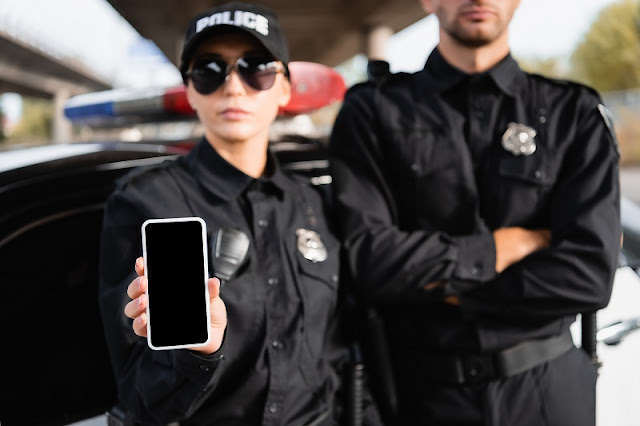The security executive is responsible for assessing the risks associated with exposing a company to potential threats. This includes understanding: how the business operates, what products or services are offered, who is associated with the company, who has access to sensitive information, and whether any known or unknown threats have been identified.
A security guard is personnel on duty with his or her own area of responsibility. Security guards are tasked with watching and protecting the property of their employer and/or the general public from possible theft, violence, fire, and other threats. Their main role is to monitor activity in their assigned area as well as to provide security assistance and protection.
They have various gears such as a radio receiver, batons, pepper sprayer or taser devices that they may use in extreme situations. The duties of a security guard vary depending on the site's situation such as residential complex versus commercial complex and the importance placed on individual property. However, there are specific tasks that are common among security guards.
Coordinate security and legal
The security executive works closely with legal representatives to develop terms of service that ensure acceptable service standards while respecting privacy rights. These terms also define reporting and disclosure obligations so that hackers can be hacked back while avoiding unnecessary damage to company assets.
Conduct compliance reviews
The security executive oversees compliance review procedures to ensure that confidential data is not compromised at any cost. This may primarily include performing vulnerability assessments and penetration tests, monitoring staff activity and accessing records. In addition to this, the compliance-related issues can be tracked by evaluating access rights, testing information flow, and implementing encryption as well
Coordinate disaster recovery plans
The executive security develops a business continuity plan (BCP) to protect against loss of life, property damage and the disruption of operations. The BCP outlines what steps should be taken during a disaster or emergency situation in order to protect against immediate threats and mitigate long-term impacts. This includes establishing a physical site for recovery as well as for deciding on an off-site backup strategy.
Set security policies and standards
The security executive develops security policies and standards for staff to follow. This includes determining acceptable use of the business' information systems, reviewing information assets, defining physical access controls, and establishing procedures for reporting and responding to incidents. The policy may take the form of a written agreement that employees sign if they want access to the business' computer systems or other resources.
Protect IT infrastructure
The security executive is responsible for ensuring that critical business information is protected. This includes identifying potential risks such as viruses and maintaining secure connections with other businesses through virtual private networks (VPNs). The executive also manages the company firewall, access control systems and encryption to ensure the integrity of data.
Deter security threats
The security executive identifies potential threats and takes steps to prevent incidents from happening. This may include:
- Conducting personnel background checks
- Implementing a security awareness program to educate staff about best practices
- Updating firewalls automatically when new threats are discovered
- Sharing information among partners so that risks can be mitigated across organizations
Manage third-party relationships
The security executive develops relationships with other organizations that can provide valuable IT services. This includes managing application service providers (ASPs), adopting cloud computing services and outsourcing third-party service providers.
Develop security policies
The security executive develops security policies that align with regulatory compliance requirements. This includes ensuring that staff understand their obligations and meet established standards for protecting sensitive information. For example, the security executive may develop a policy to ensure the protection of personal information under the Health Insurance Portability and Accountability Act (HIPAA).
Conclusion
The security executive is responsible for creating internal reporting procedures for business or technical problems. This includes establishing a secure database to track incidents and working directly with relevant staff to resolve issues. The executive may also be tasked with developing processes (such as fire drills) to effectively respond to threats and minimize data loss.
Author Bio:- I am Emma Smith, an experienced and professional blogger. Writing an article on different topics is my passion and hobby. Here you can see my skills which give you small ideas on understanding all the thoughts with different themes. I love to write a blog on various topics, like home improvement, business, automotive, Lifestyle, Events, Health, etc.


